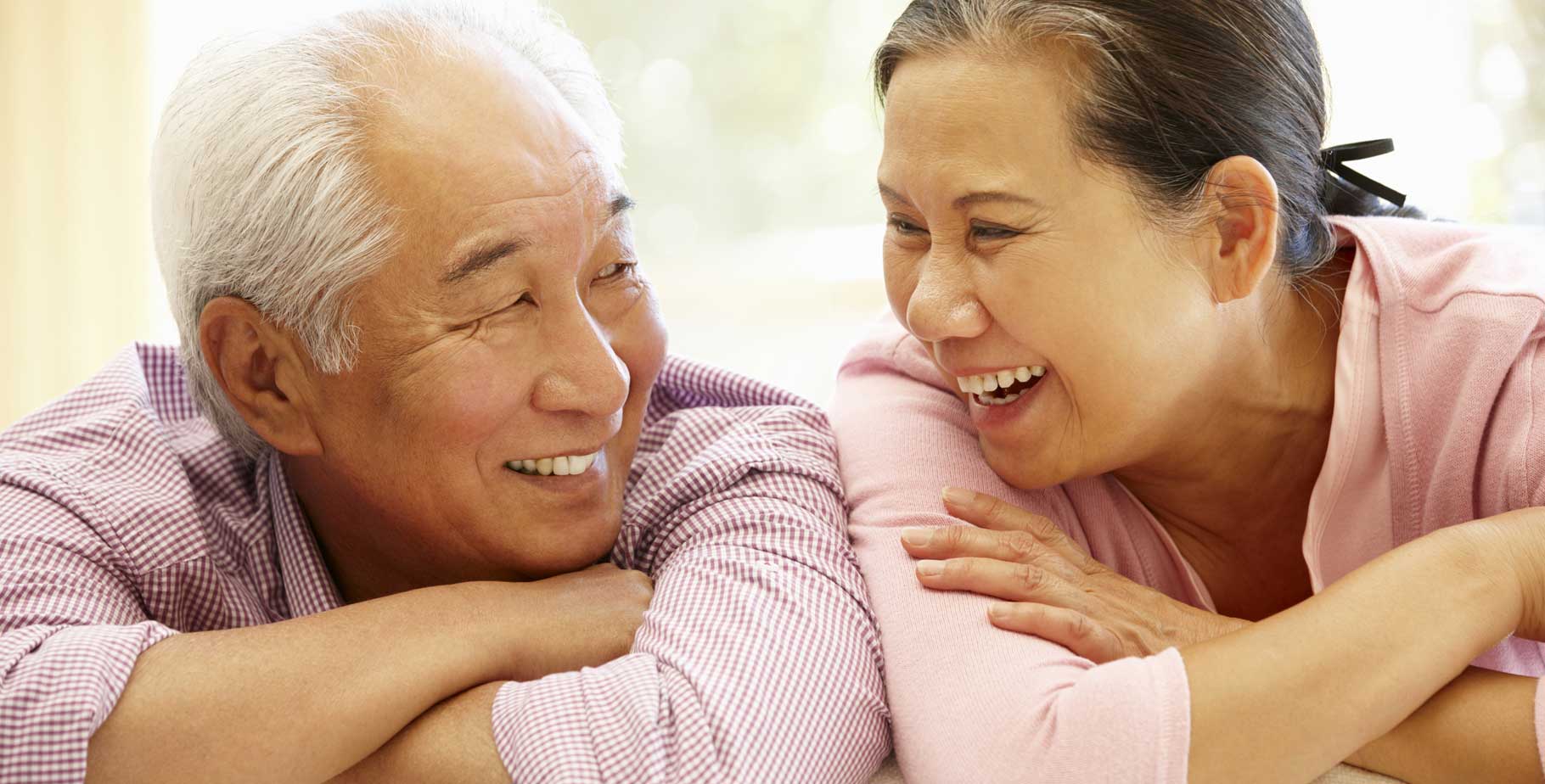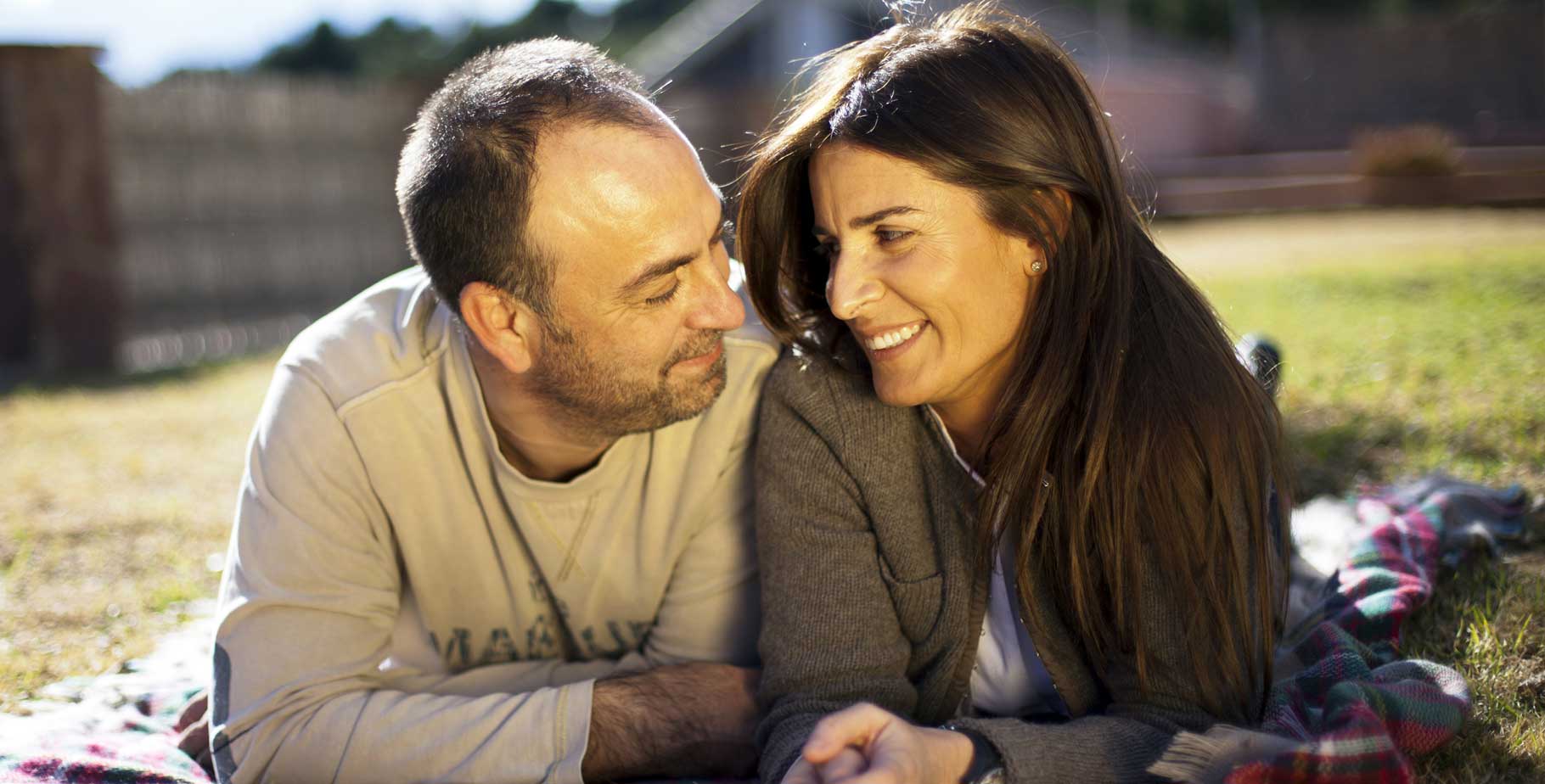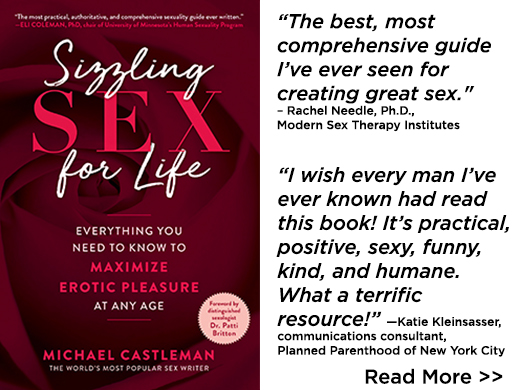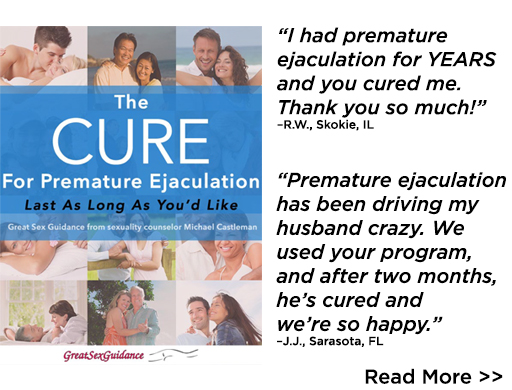
If you’re a woman troubled by little or no erotic desire, a recent study shows that a self-help book by a woman sex therapist provides a significant libido boost.
The book is A Tired Woman’s Guide to Passionate Sex (2009) by Laurie B. Mintz, Ph.D., a professor of psychology at the University of Florida. Compared with controls who did not read it, women who did experienced significant increases in desire, arousal, and sexual satisfaction.
“The Most Common Sexual Complaint”
How many women feel little or no sexual desire at some point in their lives? About one-third. Landmark studies by University of Chicago researchers (1999 and 2008) have estimated prevalence by age:
18-29: 32%
30-39: 32%
40-49: 30%
50-59: 27%
60-74: 38%
75+: 49%
A leading women’s sexuality researcher, Rosemary Basson, Ph.D., director of the University of British Columbia’s Sexual Medicine Program, says, “Low or absent sexual desire is without a doubt the most common sexual complaint of women of all ages.”
It’s also one of the more difficult to treat. Sex therapists enjoy a high rate of success treating many sexual issues—notably men’s ejaculatory control problems, women’s inability to have orgasms, and desire differences in couples—but they’ve been less successful helping women with low or no libido rediscover desire.
After Viagra was approved, the drug industry worked overtime todevelop drugs to treat low desire in women—and so far have struck out. Turns out desire is quite complicated and not something pills can resolve.
Part of the issue involves women’s socialization. Society accepts men’s lust as “vigorous” and “studly,” but disparages lusty women as “tramps” and “sluts.” In addition, women are raised to focus not on their own desire, but on appearing desirable to men.
Another piece of the issue has to do with gender differences in sex drive. While an estimated one-third of women have more erotic interest than the men they’re involved with, in two-thirds of couples men’s libidos surpass women’s—and women hounded by horny men for sex have little opportunity to experience their own desire.
Meanwhile, a good deal of research shows that women with desire issues tend to feel exhausted by their daily responsibilities—their marriages, parenting, families, and jobs—and have difficulty finding enough space in their hectic lives for sexual desire.
In 2008, Basson and colleagues conducted a pilot study with 26 women complaining of low or no desire. They used a group-therapy approach that included education about desire and mindfulness meditative techniques to help women take emotional time-outs from their day-to-day responsibilities to focus on their own desire. The program helped. Pre- and post-tests showed significant increases in participants’ desire and arousal. Mintz’s self-help book uses a similar approach.
Six-Step Program
For the study, the researchers (Mintz among them) worked with 45 women who had sought help for low libido. All of them completed a survey that assessed their sexual desire, arousal, lubrication, orgasms, sexual pain, and overall erotic satisfaction. Nineteen were instructed to read the book. The others did not. All the women were heterosexual, married (4.5 to 29 years), with education ranging from high school to graduate degrees, and household incomes from low to high.
The book focuses on six subjects:
• Thoughts. Women with low desire often slip into negativity: I feel overwhelmed and that’s not attractive. I don’t feel anything sexual therefore I can’t. The book provides cognitive therapy techniques that promote positive feelings about self and sexuality, and mindfulness meditative techniques to promote deep relaxation.
• Talk. Low desire often provokes relationship conflict. Partners ask, What’s wrong with you?! The book advocates standard psychotherapy suggestions for constructive couple discussion of both day-to-day hassles and the couple’s sex life.
• Time. Women with low desire typically complain of feeling harried. The book presents strategies for improved time management—setting goals, prioritizing them, and making the time to accomplish them.
• Touch. Many men get their sex education from pornography, which focuses almost entirely on genital touch. Of course, sex involves the genitals, but to experience desire and arousal, most women need a good deal of whole-body sensual caressing—30 minutes or so— before men reach for their breasts or between their legs. The book strongly advocates whole-body massage as a fundamental element in lovemaking.
• Spice. When sex becomes routine, desire suffers. The book provides suggestions for adding novelty and variety to erotic play to keep it fresh and exciting.
• Tryst. Many people believe that sex happens—and should happen— spontaneously when lovers are “in the mood.” That may be true initially during the hot-and-heavy stage of relationships, but after a year or so, for couples to remain regularly sexual, sex therapists universally recommend scheduling sex in advance. The book advocates scheduling, which allows women to anticipate sex, which helps them look forward to it.
Six weeks after completing the initial survey, all participants were surveyed again.
Those who read the book reported significant increases in desire, arousal, and sexual satisfaction.
Don’t Pin Your Hopes on Drugs or Supplements
For many (most?) women, desire is a mind-body phenomenon. This is especially true for women with low or no libido. Drugs and the sex supplements found in the vitamin aisle don’t address the full spectrum of issues that govern desire, which is why there isn’t—and probably never will be—a magic pill that lights women’s erotic fire. But a more comprehensive approach, a class or self-help book that deals with desire in the context of women’s lives, can put women back in touch with their erotic yearnings.
If you’re a woman with low libido or none at all, check out A Tired Woman’s Guide to Passionate Sex and/or another book that’s similar, Wanting Sex Again by sex therapist Laurie J. Watson (2012).
References:
Brotto, L. et al. “A Mindfulness-Based Group Psychoeducational Intervention Targeting Sexual Arousal Disorder in Women,” Journal of Sexual Medicine (2008) 5:1646.
Laumann, E.O. et al. “Sexual Dysfunction in the United States,” Journal of the American Medical Association (1999) 281:537.
Laumann, E.O. et al. “Sexual Dysfunction Among Older Adults: Prevalence and Risk Factors from a Nationally Representative U.S. Probability Sample of Men and Women 57-85 Years of Age,” Journal of Sexual Medicine (2008) 5:2300.
Mintz, L.B. “Bibliotherapy for Low Sexual Desire: Evidence for Effectiveness,” Journal of Consulting Psychology (2012) 5



